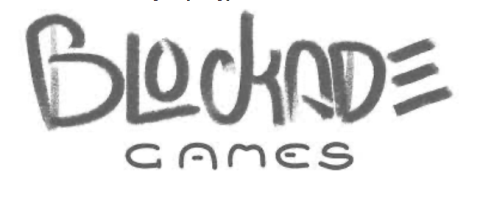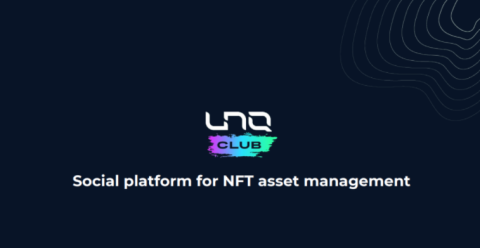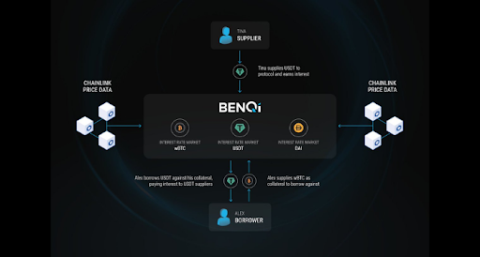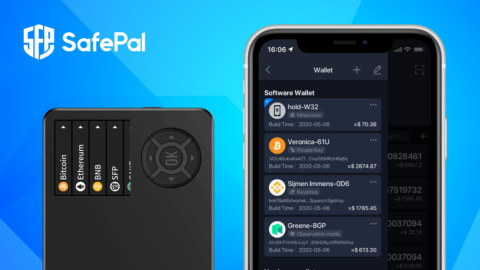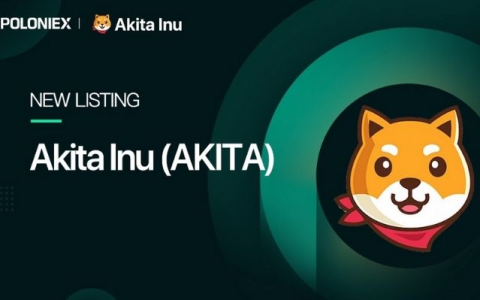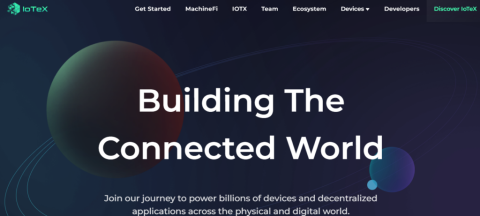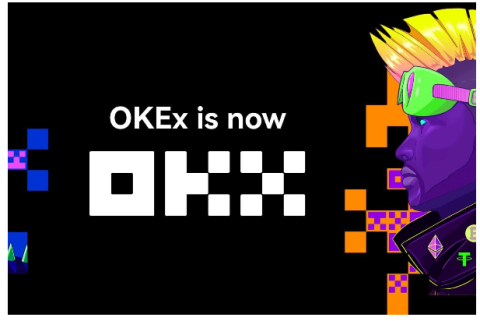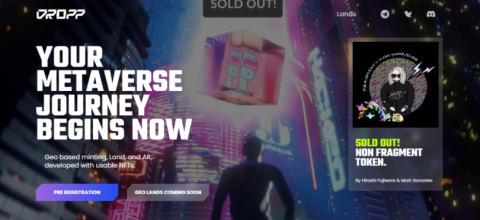What is thena? Discover the outstanding features of Thena and THE . token

Ngoài PancakeSwap, hệ sinh thái BNB Chain còn có một AMM khác có TVL đạt 150 triệu USD chỉ sau hai tháng ra mắt, dự án này được gọi là Thena.
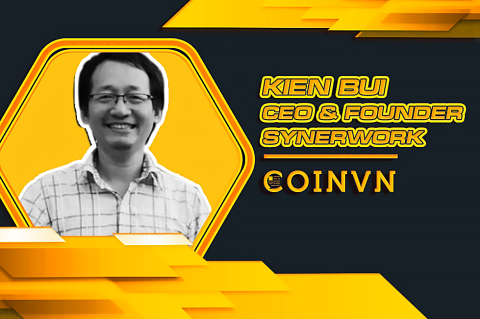
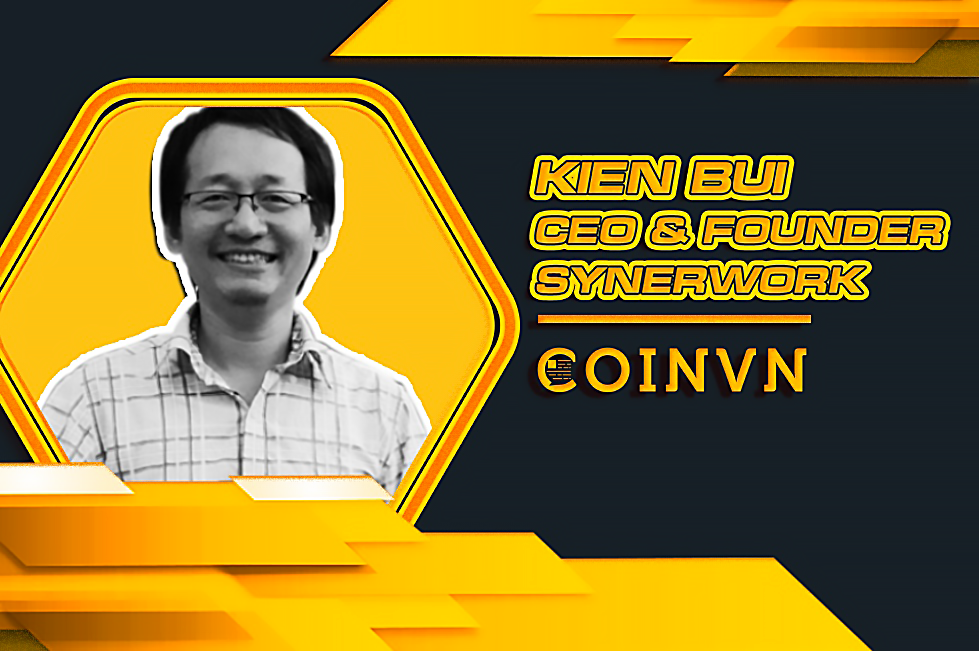
Author Kien Bui – Research Analyst at TraderH4
The following article is written based on the opinion of author Kien Bui through the analysis of Why DOT has not increased in price? . Kien Bui is the Founder and CEO of SynerWork. Before that, he was the former Founder of Lamchame.com. He has experience in successfully investing in many decentralized projects. In addition, he is currently an analyst at TraderH4.
The DOT token is the native token of the Polkadot blockchain , founded in 2016 by the Web3 Foundation. The founders of this Swiss-based nonprofit include Ethereum co-founder Gavin Wood, blockchain researcher Robert Habermeier and chief technology officer Peter Czaban. The idea behind Polkadot is to create a blockchain that helps support other blockchains that are created by the users themselves.
Polkadot itself currently maintains 2 types of blockchain. One is the main chain, called the relay chain, the transactions taking place on this chain are saved forever. The remaining chain is called the parachain. These chains are created by users of Polkadot and linked into a relay chain, allowing user-generated chains to benefit from the security of the main chain.
Polkadot is invested by many people. They all want the price of the DOT token to increase so they have a chance to make a profit. However, why has the DOT token not increased in price? Here are two main reasons why:
Because Polkadot is a complex project, this project is divided into several stages of implementation. Currently, Polkadot has not completed its key stages. Only when the project fully implements all the key components, then Polkadot in general and the DOT token in particular will bring value, from which the price of the DOT token can increase.
Join TraderH4 to find out the stages Polkadot needs to go through to bring value to the project as well as boost the price of DOT:
Stage 1: Go to the official network (mainnet)
At this stage, Polkadot is just a blockchain with basic functions such as sending, receiving and staking. Thus, at this stage, the project still has not much value. That time is too early for investors to speculate and hope the price of DOT will increase.
Phase 2: Launching the parachains
This phase is still the beginning of the implementation process. Currently, only 5 parachains have successfully auctioned and started operating on the Polkadot network. Since these parachains are layer 1 blockchains, including: Ethereum, Solana, Avalanche…, these platforms will need time to build and develop their applications. It will take at least a few months for those apps to get live and attract liquidity and users.
Stage 3: Establishing bridges
If the parachains do not connect to each other as well as to external platforms, it will be difficult to attract liquidity and users from other platforms. In addition, parachains also need to create attractive conditions for more developers to join and build their unique applications on top of the network. That will be the special thing that helps keep users on the platform, otherwise, users and liquidity will run to platforms with higher yield.
Polkadot differs from other homogeneous ecosystems in that, the platform has many types of bridges: Bridges between parachains and parathreads, bridges between Kusama and Polkadot, bridges between Polkadot or Kusama and other platforms and even a direct bridge from parachains to other platforms.
Phase 4: Establishing the Pillars for DeFi
Polkadot oriented is a platform for platforms. To do that, Polkadot needs to have key DeFi components that can be shared among platforms operating on Polkadot. That helps to save investment costs for parachains, and at the same time enhances the network effect for the entire ecosystem.
The pillars for DeFi that Polkadot needs to have:
Stablecoins
The first key DeFi factor is stablecoins. In order to keep users in the ecosystem, Polkadot cannot lack strong stablecoins in case the market drops sharply. Specifically, investors will sell coins and hold their digital assets as stablecoins and wait until the market has stabilized, they will use that stablecoin to buy back those assets.
Conversely, without strong stablecoins, users will switch to using other ecosystems. This will cause the network effect to decrease sharply. Besides, in addition to collateralized stablecoins, Polkadot also needs to have decentralized stablecoins similar to how DAI works on the Ethereum platform. Thus, new Polkadot can reduce the risk of being dependent on bridges.
Bridges to various platforms
The special feature of Polkadot is that it has an Interlay bridge, which provides the ability to transfer Bitcoin in a decentralized way so that it can be traded on decentralized exchanges. As a result, users can keep their anonymity, while still taking advantage of opportunities to increase profits through lending, staking, or participating in transactions when the opportunity arises… It can be said, Polkadot will is the platform with the most diverse bridges.
Decentralized exchanges (including derivatives exchanges)
Unlike smart contract platforms, Polkadot's advantage is that it allows exchanges (which are parachains) to be programmable to execute order book transactions like centralized exchanges. That will help reduce slippage costs. This is the reason why AMM-type decentralized exchange is more expensive than centralized exchange. In addition, derivatives exchanges will lock users' digital assets to create derivatives, which will keep users in the ecosystem longer.
Thanks to Interlay being able to bring Bitcoin into Polkadot's decentralized ecosystem, exchanges can support Bitcoin trading for other assets or lending platforms that allow Bitcoin staking to borrow money to invest. several other projects. The above will help the liquidity in the whole system to be large. That is what will attract developers to deploy more applications as well as attract users to stay with the ecosystem.
Loan services
For investors to experience smooth trading, DeFi services need a lot of liquidity. This gives users many trading opportunities such as leverage, options, futures, etc.
Polkadot was born later
One of the reasons why the development of Polkadot's ecosystem is still difficult is because Polkadot is a later platform, the number of users on the platform is still relatively small. The previously established platforms have positioned themselves in the market and have their own customer files.
Specifically, investors who can tolerate high costs can choose Ethereum, but want to be more affordable, they can use solutions on layer 2 such as Polygon or Abitrium. If investors want to save costs, withstand high risks as well as not worry about security issues (scams, hacks), they may prefer to use BSC or Solana. Investors who put security first will likely prefer to trade on Avalanche.
Because there are many competing platforms, convincing users to use Polkadot's parachain platforms will be quite difficult. Therefore, the right direction at this time for platforms on Polkadot to go into specialization or into niche markets.
Need time to specialize or dominate a niche
Parachain platforms that specialize in a specific field will have a stronger competitive advantage than mass platforms. We can see typical examples such as Composable which focuses on building cross-platform bridges, Efinity specializes in games, RMRK specializes in NFT… These platforms will have a better competitive advantage. Besides, parathreads will go deep into the niche markets to take advantage there. If specialization can be combined with niche dominance, Polkadot can create strong network effects as well as gain a lasting advantage.
However, the process of specializing or occupying niche markets cannot happen overnight. Currently, the new Polkadot is entering the second phase. Therefore, Polkadot investors should not only invest in Polkadot itself, but also invest in important components that help promote the whole ecosystem. Polkadot. Moreover, this is still a long-term race.
The Polkadot platform as well as the DOT token still have certain potential for future development. The platform is still in the early stages of its development. It's too early to conclude anything. Investors should still study and consider market trends, news, technical analysis, etc. to make informed investment decisions.
Information about the article: Where is the Stake DOT ? Instructions for staking Polkadot in detail
Ngoài PancakeSwap, hệ sinh thái BNB Chain còn có một AMM khác có TVL đạt 150 triệu USD chỉ sau hai tháng ra mắt, dự án này được gọi là Thena.
Blockade Games provides a platform that allows developers to create blockchain games. In addition, Blockade Games also creates many interesting free games.
UNQ Club is a project that provides a blockchain platform that allows investors to collect and manage existing NFT assets.
BENQI is one of the important pieces of the Avalanche ecosystem. Join TraderH4 to find out what BENQI (QI) is as well as detailed information about the QI token.
In addition to a cryptocurrency storage wallet, SafePal is also known to many investors for its SFP tokens and airdrop events with attractive rewards.
The fever from Akita Inu in the Crypto market in the past time has created a great buzz along with the rapid development of the "dog house token".
What is IoTeX? This is a blockchain built and developed in conjunction with the Internet of Things (IoT). Join TraderH4 to learn this article.
What is OKB? OKB is an exchange coin of OKX and the OKX Chain blockchain. Let's learn about OKX and OKB exchanges with TraderH4 in this article.
DROPP GG brings an innovative and novel idea to provide an NFT mint platform based on geographies outside of the real world.
CronaSwap is a DEX built on Cronos Chain, which has a similar model to Uniswap.
